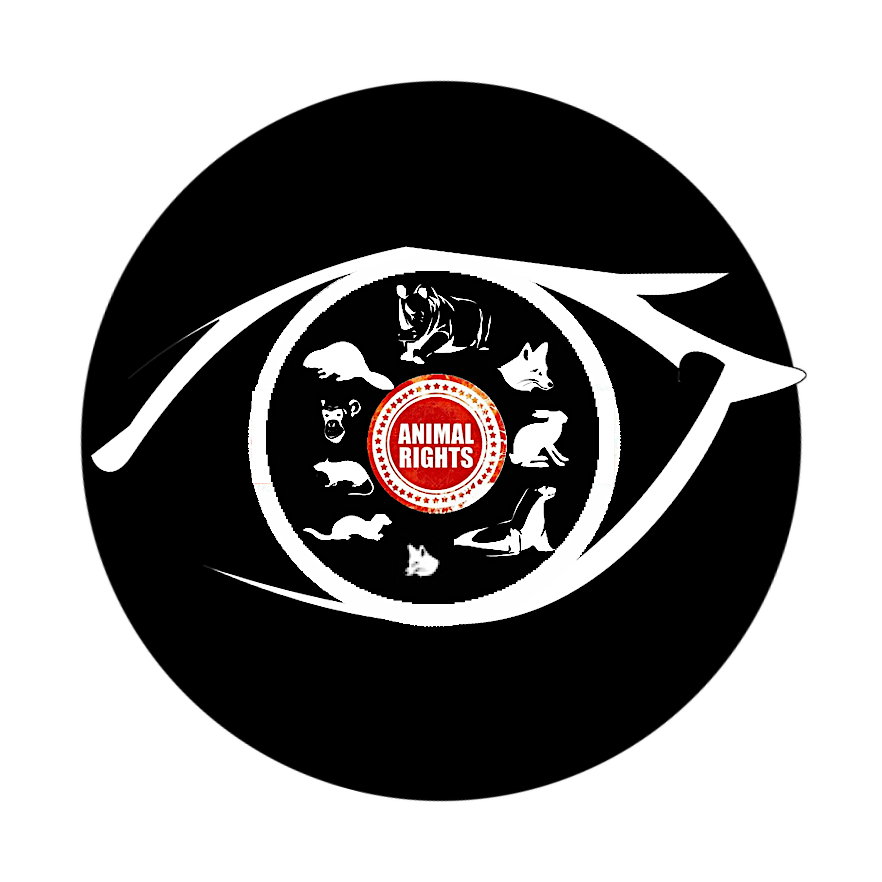Today cows crowd together in mega-farms, overseen by digital systems, including facial- and hide-recognition systems, that monitor and log every move, emission and milk production.
ESTHER LESLIE: There was a moment, in the early days of the pandemic, when reports surfaced here and there of improvements in air and water quality across the world, as production and traffic abruptly diminished. Images circulated of herds of mountain goats and wild boar exploring deserted city streets and schools of dolphins exuberant in the Bosporus. Some were hoaxes, but all spoke momentarily to the idea that the disruption that had come from some sort of imbalance in human-animal relations, and could result in a re-righting in favor of nature.
In these hopes, nature was made to play a familiar role: as a haven to guarantee human well-being. Utopian thinking is full of this fantasy… In this view, nature guarantees cyclicality, reproduction and predictability, unlike history, with its contingency, its sudden twists and turns. But this is an illusion… Nature is not settled and permanent, but always in flux. It is not something separate from humans, reliably ready to soothe our woes and restore our spirits. It is rather entangled in the web and substance of humanity, its helter-skelter activity, its ceaseless pursuits.
Human intervention in plant and animal life, for example, is legion. Take cattle. Cows’ bodies have historically served as test subjects — laboratories of future bio-intervention and all sorts of reproductive technologies. Today cows crowd together in mega-farms, overseen by digital systems, including facial- and hide-recognition systems. These new factories are air-conditioned sheds where digital machinery monitors and logs the herd’s every move, emission and production. Every mouthful of milk can be traced to its source.
And it goes beyond monitoring. In 2019 on the RusMoloko research farm near Moscow, virtual reality headsets were strapped onto cattle. The cows were led, through the digital animation that played before their eyes, to imagine they were wandering in bright summer fields, not bleak wintry ones. The innovation, which was apparently successful, is designed to ward off stress: The calmer the cow, the higher the milk yield. A cow sporting VR goggles is comedic as much as it is tragic. There’s horror, too, in that it may foretell our own alienated futures. After all, how different is our experience?
We submit to emotion trackers. We log into biofeedback machines. We sign up for tracking and tracing. We let advertisers’ eyes watch us constantly and mappers store our coordinates… Could we, like cows, be played by the machinery, our emotions swayed under ever-sunny skies, without us even knowing that we are inside the matrix? Will the rejected, unemployed and redundant be deluded into thinking that the world is beautiful, a land of milk and honey, as they interact minimally in stripped-back care homes? We may soon graze in the new pastures of digital dictatorship, frolicking while bound…
The notion of nature as something external, benevolent and consolatory might be part of the problem. Theodor Adorno, the great German philosopher and cultural critic of the mid-20th century… argues against the insistence that nature should not be ravished by technology, that perhaps technology could enable nature to get what “it wants” on this sad earth. And we are included in that “it”… Nature, in truth, is not just something external on which we work, but also within us. We too are nature… Rejecting the notion of nature as something that would protect us, give us solace, reveals us to be inextricably within and of nature. From there, we might begin to save ourselves — along with everything else. SOURCE…
RELATED VIDEO:

